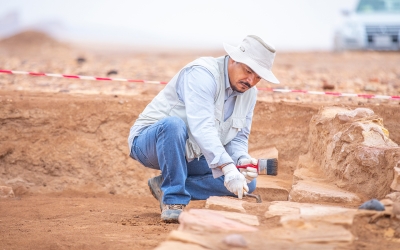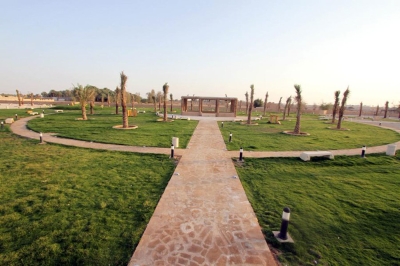

The National Antiquities Register is a digital archive that is intended to archive archaeological sites in the Kingdom of Saudi Arabia using fill-in forms to gather data and link them to a digital archaeological map containing detailed information, images, and reports on registered archaeological and historical sites.
Functions of the National Antiquities Register
The National Antiquities Register aims to achieve several duties, including documenting, registering, and then mapping archaeological sites on digital maps to facilitate their management, protection, and preservation; archiving documents and photographs of cultural heritage sites in Saudi Arabia; building a spatial database of registered archaeological sites and preserving and documenting work carried out therein; developing practical solutions for managing the work of the National Antiquities Register; providing supporting information for making decisions conducive to the conservation and maintenance of archaeological sites; and making information accessible for researchers and specialists.
Archaeological sites documented by the National Antiquities Register
The Heritage Commission of the Ministry of Culture is the supervising entity of the National Antiquities Register, which is also responsible for accounting for all antiquities, under three categories: immovable and movable antiquities, historical sites, and folk heritage sites.
The total number of archaeological sites registered in the National Antiquities Register since its establishment until November 2024 amounted to about 9,317 archaeological sites in various provinces of Saudi Arabia.
Operation stages of the National Antiquities Register
The National Antiquities Register operates in two stages; the first is identifying data sources, which encompasses eight elements: archaeological research and studies, Atlal "Remains" Periodical, Archaeological Research and Excavation Center database, archaeology and museums sector archives (currently the Heritage Commission), on-site inspection reports compiled by specialists, archaeological finds, scanning electronic microscopy, and archaeological surveys.
The second stage includes the sorting and disaggregation of data into ten categories: archaeological trespasses information, cultural heritage site information, archaeological excavation information, archaeological survey project information, museum information, inspection information, heritage trafficking information, archaeological offices’ information, project and maintenance information, and archaeological studies information.
Related quizzes
Related articles

